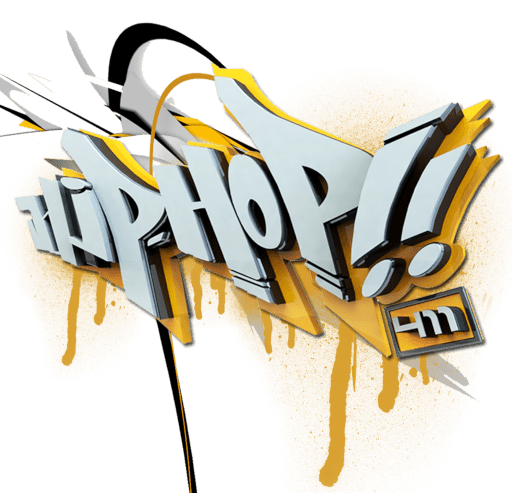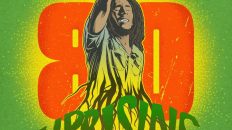Once upon a time, the only way the masses could easily hear new music was to turn on the radio. Unfortunately, most of the music in regular rotation at radio was controlled by the major labels—some things haven’t changed much over the past 30 years—which meant that artists who either weren’t signed to a major or who had no interest in making “radio records” didn’t have a place to easily broadcast their latest work.
These artists, most of whom embraced operating outside of the commercial landscape, took pride in being labeled as an “underground” act, meaning quite literally that they were operating below the mainstream radar and mobilizing as a group, usually on a local level, against the big bad corporate-controlled music industry.
Of course, thanks to this thing we call the internet, artists no longer need to sign with a major label in order to gain access to radio in an effort to reach a broad audience. By adding their music to free and paid-for on-demand streaming services (Spotify, Apple Music, TIDAL, Amazon Music Unlimited, SoundCloud, Audiomack, YouTube, etc…) and by creating social networking accounts on the big three platforms (Facebook, Twitter and Instagram), an artist can both make their music available to the masses and interact directly with their listeners.
In other words, the internet gave “underground” artists the platform their art deserves—one where their work could easily be broadcast across the entire globe, without having to sign on the dotted line or spend hundreds of thousands of dollars on radio promotion—and in the process, allowed those who were operating underground to finally see the light of day.





Add comment